Ponytail Palm
- January 19, 2024
- 0 comment
The Ponytail Palm, or Beaucarnea recurvata, is a distinctive houseplant known for its bulbous trunk and long, curly leaves that resemble a ponytail. It’s native to the southeastern desert of Mexico and belongs to the Agave family. Despite its name, it’s not a true palm but shares many qualities with succulent plants. Here’s a detailed overview of its care and characteristics
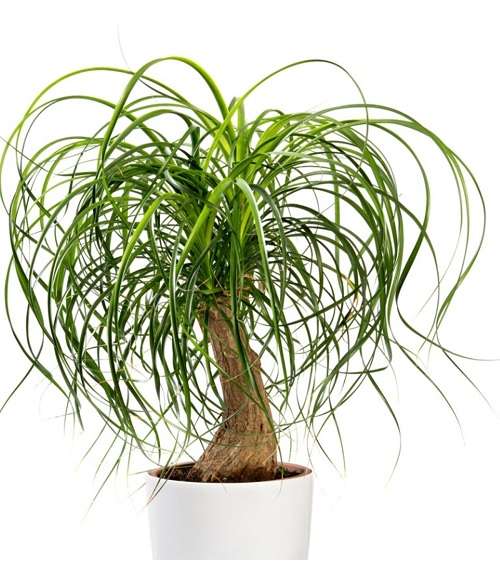
| Feature | Description |
|---|---|
| Botanical Name | Beaucarnea recurvata |
| Common Name(s) | Ponytail Palm, Bottle Tree, Elephant’s Foot Tree |
| Plant Type | Succulent tree |
| Origin | Madagascar |
| Habit | Slow-growing, low-maintenance |
| Size | Up to 10ft (3m) tall, with a bulbous trunk and a cluster of long, thin leaves at the top |
| Foliage | Grass-like, green to blue-green leaves, growing up to 2ft (0.6m) long |
| Flowers | Small, white, fragrant flowers (rarely indoors) |
| Light | Bright, indirect light |
| Water | Drought-tolerant, water when soil is completely dry |
| Soil | Well-draining cactus mix |
| Temperature | Prefers warm temperatures (65-80°F), but can tolerate some cold |
| Toxicity | Non-toxic to pets and humans |
| Propagation | Seed or division of pups |
| Common Problems | Mealybugs, scale, root rot (from overwatering) |
| Uses | Decorative houseplant, good for beginners |
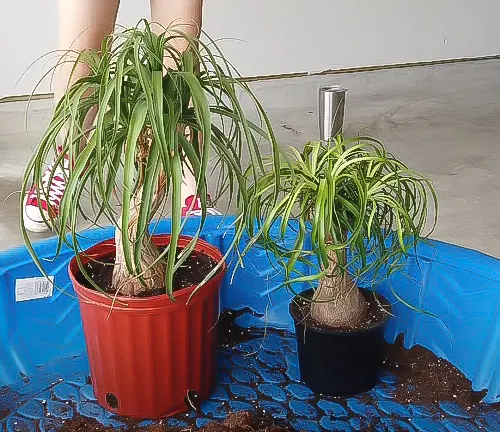
Light
The Ponytail Palm thrives in bright light and can tolerate direct sun. It’s ideal to place it near a south-facing window, but it can also do well in partial sun or bright, indirect light. Be cautious about moving it suddenly from low light to bright light to prevent foliage burn
Watering
This plant prefers dry conditions, so allow the top inch or two of soil to dry completely before re-watering. In spring and summer, watering may be required once every couple of weeks, while in autumn and winter, watering should be reduced to about once per month. Overwatering can lead to root rot, so it’s important to let the soil dry out between waterings

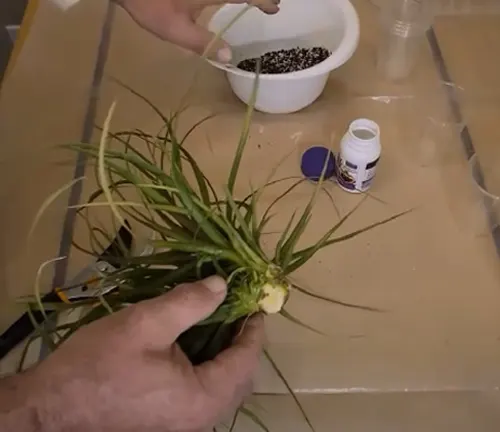
Fertilizing
Fertilize with a balanced houseplant food or a cactus/succulent fertilizer only once or twice in spring and summer. Avoid fertilizing in fall and winter when growth is minimal
Benefits of Having a Ponytail Palm
- Low Maintenance: One of the most significant benefits of the Ponytail Palm is its low maintenance requirements. Its ability to store water in its bulbous base means it can go for long periods without watering. This makes it ideal for busy individuals or those who travel frequently.
- Air Purification: Like many houseplants, the Ponytail Palm can contribute to improving indoor air quality. Plants are known to filter and clean the air, helping to remove toxins and provide a healthier living environment.
- Adds Aesthetic Appeal: The unique appearance of the Ponytail Palm, with its thick trunk and cascading leaves, can add an element of visual interest and natural beauty to any room. Its distinctive look can complement various interior design styles.
- Easy to Grow and Care For: This plant is particularly forgiving for novice gardeners because it is tolerant of a range of indoor conditions, including variations in lighting and temperature.
- Non-Toxic to Pets and Humans: The Ponytail Palm is safe for homes with pets and children as it is non-toxic. This makes it a worry-free choice for adding greenery to your living spaces.
- Adaptability: The Ponytail Palm is adaptable to various lighting conditions, although it prefers bright, indirect light. It can do well in less than ideal lighting conditions, which is great for spaces that don’t get a lot of natural sunlight.
- Humidity Tolerance: Being a desert plant, it can tolerate lower humidity levels, which is beneficial in homes and offices where air can be dry, especially during winter months with indoor heating.
- Space-Efficient: Its vertical growth pattern makes it a space-efficient plant, ideal for small apartments or offices where space is at a premium.
- Stress Reduction: Like many houseplants, the presence of a Ponytail Palm can have a calming effect, reducing stress and promoting a sense of well-being. This is particularly beneficial in work environments.
- Drought Tolerance: Its drought tolerance makes it a good choice for xeriscaping and water-wise gardens in suitable outdoor climates.
Common Issues and Solutions
- Overwatering and Root Rot:
- Problem: The most common issue is overwatering, which can lead to root rot. Signs include yellowing leaves, a mushy base, or a general decline in the plant’s health.
- Solution: Allow the soil to dry out completely between waterings. Reduce the frequency of watering, especially in cooler months. Ensure the pot has good drainage.
- Underwatering:
- Problem: While the Ponytail Palm is drought-tolerant, prolonged underwatering can cause the leaves to brown and dry out, particularly at the tips.
- Solution: Increase watering frequency, ensuring the soil is thoroughly moistened when you do water. Let the soil dry out completely before watering again.
- Pest Infestations:
- Problem: They can be susceptible to pests like spider mites and scale insects. You might notice sticky residue, webbing, or visible bugs on the leaves.
- Solution: Wipe the leaves with a damp cloth to remove pests. In more severe cases, use an appropriate insecticide or neem oil treatment. Ensure to isolate the plant from others to prevent the spread of pests.
- Inadequate Light:
- Problem: If the Ponytail Palm doesn’t get enough light, its growth can be stunted, and leaves may become limp or pale.
- Solution: Move the plant to a brighter location, preferably near a window that receives bright, indirect sunlight.
- Cold Damage:
- Problem: Exposure to cold drafts or temperatures below 50°F (10°C) can damage the plant, leading to discolored or drooping leaves.
- Solution: Keep the plant in a room with stable temperatures and away from cold drafts. Avoid placing it near open windows or doors in cold weather.
- Nutrient Deficiencies:
- Problem: While Ponytail Palms require minimal feeding, a lack of nutrients can lead to poor growth and discolored leaves.
- Solution: Fertilize with a balanced, water-soluble fertilizer once or twice during the growing season (spring and summer). Avoid over-fertilizing as this can lead to salt buildup in the soil.
- Improper Potting or Repotting:
- Problem: A pot that’s too large can retain excess moisture, leading to root rot. Conversely, a pot that’s too small can restrict growth.
- Solution: Choose a pot that’s slightly larger than the root ball. The pot should have adequate drainage. Repot only when the plant becomes root-bound.
- Fungal Diseases:
- Problem: Overly damp conditions can lead to fungal issues like leaf spot.
- Solution: Improve air circulation around the plant, reduce watering, and avoid getting water on the leaves. Treat with a fungicide if necessary.
Propagation and Repotting of Ponytail Palm

Offsets (Pups)
Ponytail Palms can be propagated using offsets, also known as pups. Remove the pup from the parent plant with a clean cut, let the cut dry for a few days, then plant it in well-draining soil. Water sparingly until the offset establishes its root system.
Seed Propagation (Less Common)
This less common method involves soaking Ponytail Palm seeds overnight, then sowing them in well-draining soil. Keep the soil warm and moist until germination, and then transplant the seedlings when they are large enough.
Repotting
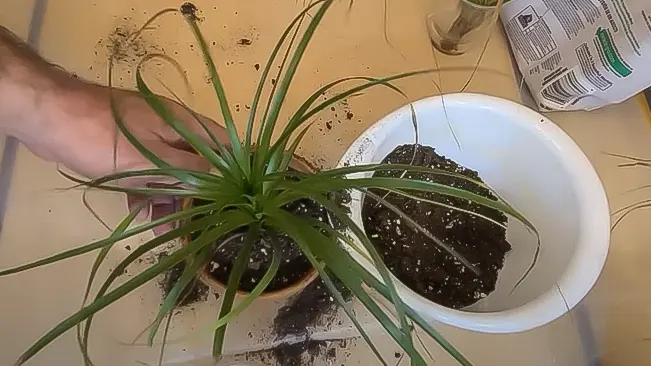
- When to Repot:
- Repotting is typically necessary every 2 to 3 years, as the plant grows slowly.
- Signs that a Ponytail Palm needs repotting include roots growing out of the drainage holes or a noticeable slowdown in growth.
- Choosing the Right Pot:
- Select a pot that is slightly larger than the current one, as too large a pot can hold excess moisture leading to root rot.
- Ensure the new pot has good drainage holes.
- Repotting Process:
- Gently remove the plant from its current pot, being careful not to damage the roots.
- Shake off old soil and inspect the roots, trimming any that are dead or rotting.
- Place a layer of fresh, well-draining soil in the bottom of the new pot.
- Position the plant in the new pot and fill around it with more soil, pressing down lightly to eliminate air pockets.
- Water the plant lightly to settle the soil.
- Aftercare:
- After repotting, avoid watering the plant for a week or so to reduce the risk of root rot.
- Place the repotted plant in a bright, indirect light location and resume regular care after a few weeks.

Indoor Decoration
Due to its unique, attractive appearance, the Ponytail Palm is commonly used as a decorative indoor plant in homes and offices.
Ornamental Outdoor Plant
In warm climates, they can be grown outdoors as an ornamental plant, adding an exotic touch to gardens.
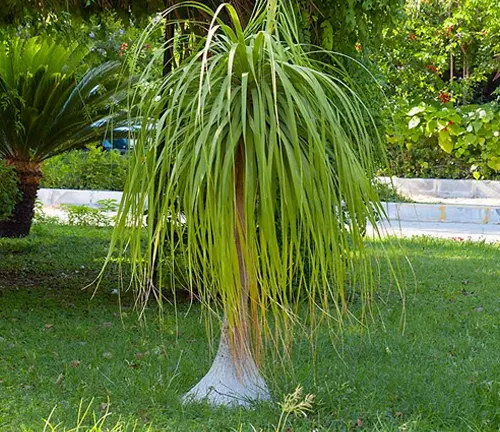

Office Plant
Their ability to thrive in indoor conditions with minimal care makes them an excellent choice for office environments.
Conclusion
The Ponytail Palm is a low-maintenance and visually striking houseplant. It features a unique, bulbous trunk and long, flowing leaves that resemble a ponytail. This plant is drought-tolerant, storing water in its thick trunk, which makes it ideal for those who occasionally forget to water. It thrives in bright, indirect light but can adapt to various lighting conditions. The Ponytail Palm is also non-toxic, making it safe for households with pets and children. Care involves infrequent watering, occasional fertilization, and repotting every few years. It’s susceptible to overwatering and pests but is generally easy to care for, making it a popular choice for indoor gardeners.
Frequently Asked Questions (FAQs)
- What is a Ponytail Palm?
The Ponytail Palm is not an actual palm but a succulent plant native to Mexico. It is known for its bulbous trunk and long, cascading leaves. - How often should I water my Ponytail Palm?
Water infrequently, allowing the soil to completely dry out between waterings. Typically, this means watering every few weeks, but this can vary depending on the environment. - Does the Ponytail Palm need a lot of sunlight?
It thrives in bright, indirect sunlight but can tolerate both lower light conditions and some direct sunlight. - Is the Ponytail Palm toxic to pets?
No, it is non-toxic to both cats and dogs. - How fast does a Ponytail Palm grow?
It grows slowly, making it a low-maintenance choice for indoor gardening. - How big can a Ponytail Palm get?
Indoors, it typically grows to about 3 feet tall, but it can reach up to 30 feet in its natural outdoor habitat. - When should I repot my Ponytail Palm?
Repot every 2 to 3 years, or when you see roots growing out of the drainage holes. - Can I propagate my Ponytail Palm?
Yes, it can be propagated from offsets or “pups” that grow at the base of the plant. - Why are the tips of my Ponytail Palm turning brown?
Browning tips can be due to overwatering, underwatering, or lack of nutrients. Adjust your watering schedule and consider fertilizing lightly. - Do Ponytail Palms bloom?
They rarely bloom indoors, but when they do, they produce small, white flowers.
We’d love to hear from you! Share your personal experiences and thoughts about the Ponytail Palm in the comments section below. Whether you’re a seasoned plant enthusiast or a first-time caretaker, your insights could greatly help fellow plant lovers make informed decisions about caring for this unique and elegant plant!


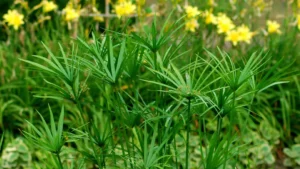

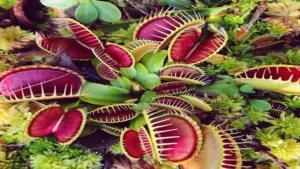


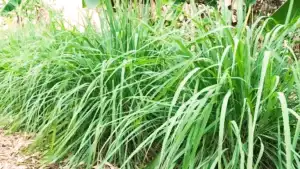
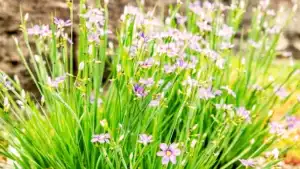
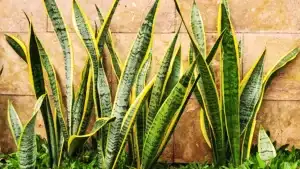
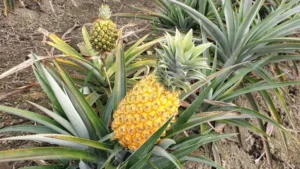
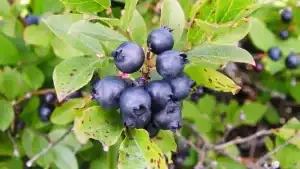


Leave your comment